Ethics and aesthetics are one
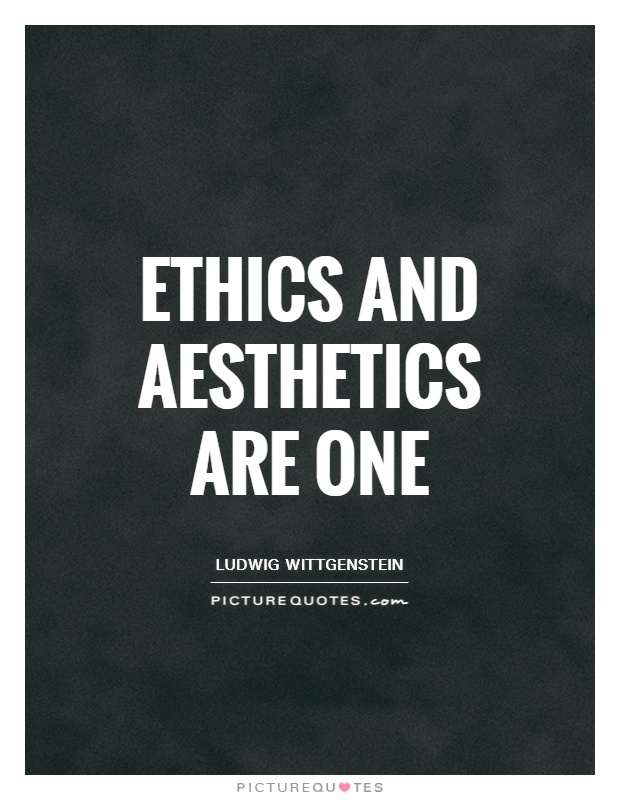
Ethics and aesthetics are one
Ludwig Wittgenstein, a renowned philosopher of the 20th century, is often associated with the idea that ethics and aesthetics are interconnected. In his work, Wittgenstein explores the relationship between language, meaning, and the way we perceive the world around us. He believed that ethics and aesthetics are not separate realms of human experience, but rather two sides of the same coin.Wittgenstein argued that our ethical judgments are not based on objective truths or universal principles, but are instead rooted in our individual experiences and perceptions. Similarly, our aesthetic judgments are not simply matters of personal taste, but are shaped by our cultural and social contexts. In this sense, ethics and aesthetics are intertwined because they both involve the interpretation and evaluation of our experiences and interactions with the world.
For Wittgenstein, language played a crucial role in shaping our ethical and aesthetic judgments. He believed that language is not just a tool for communication, but also a way of expressing our values, beliefs, and emotions. Our use of language reflects our ethical and aesthetic sensibilities, as well as our understanding of the world around us.
Wittgenstein also emphasized the importance of context in shaping our ethical and aesthetic judgments. He argued that our values and beliefs are not fixed or absolute, but are constantly evolving in response to our experiences and interactions with others. Similarly, our aesthetic preferences are not static, but are influenced by our cultural background, personal experiences, and social environment.
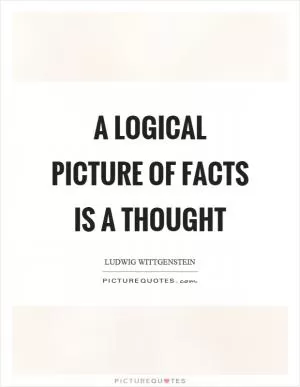

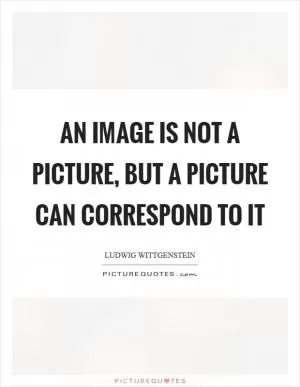
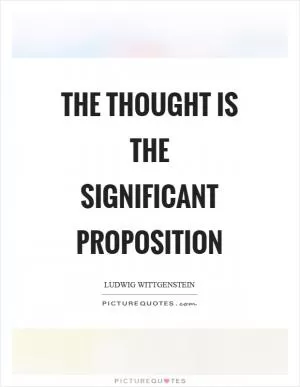

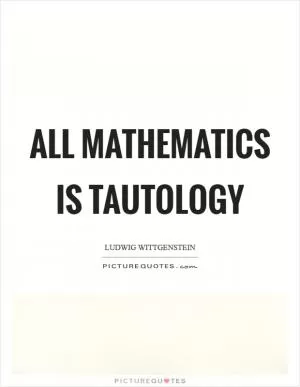
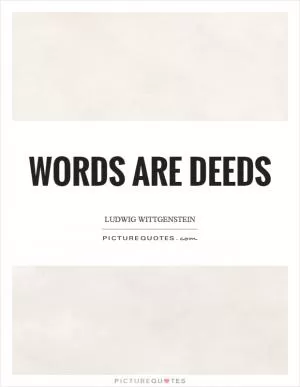




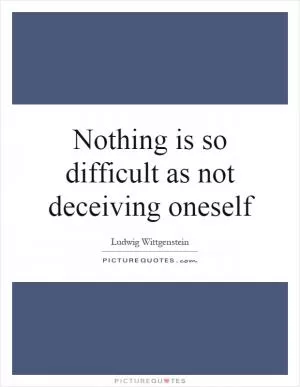
 Friendship Quotes
Friendship Quotes Love Quotes
Love Quotes Life Quotes
Life Quotes Funny Quotes
Funny Quotes Motivational Quotes
Motivational Quotes Inspirational Quotes
Inspirational Quotes